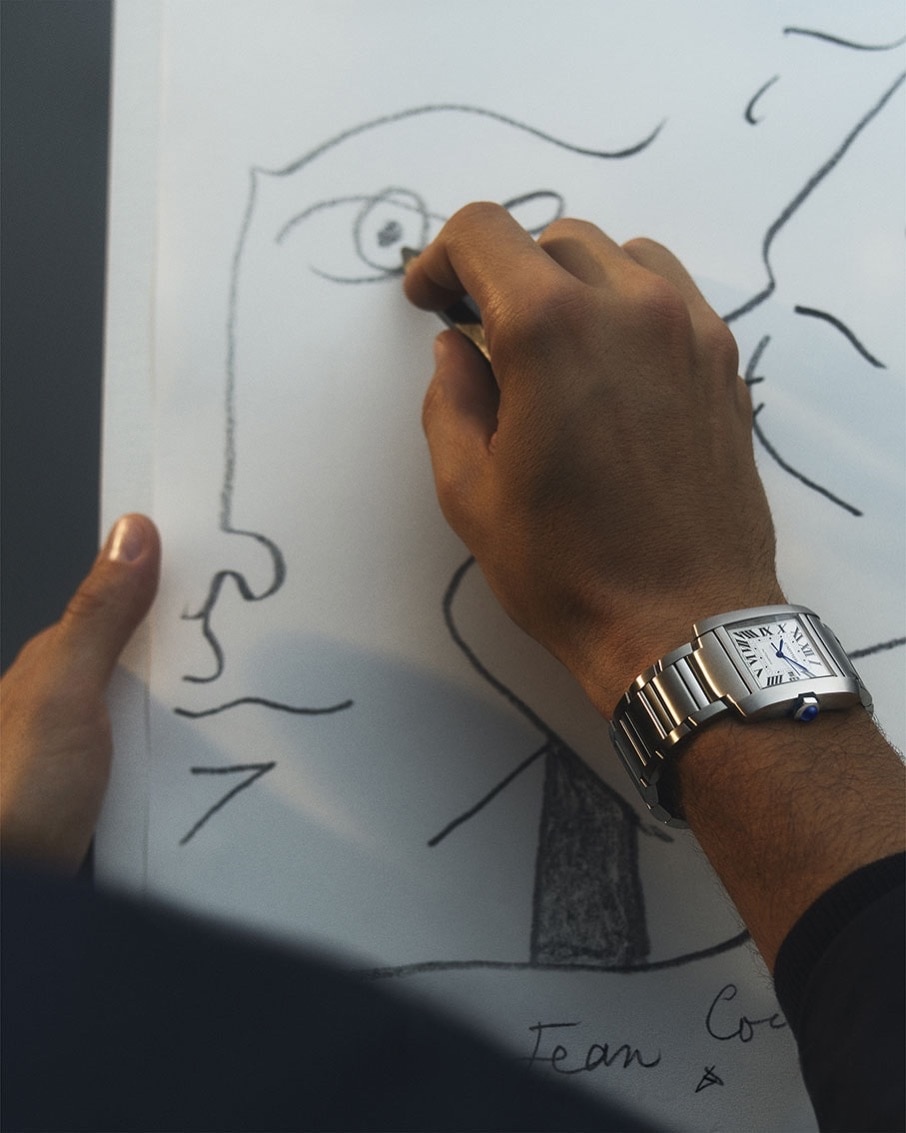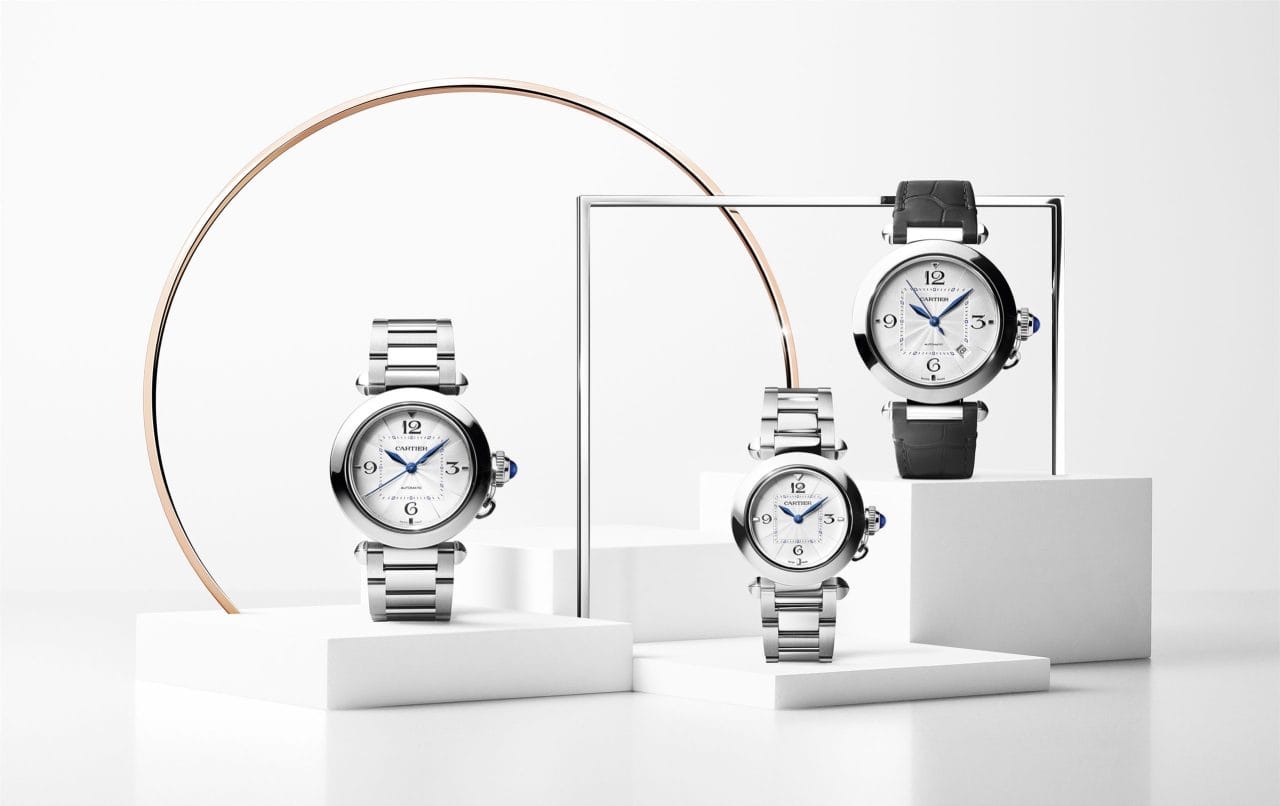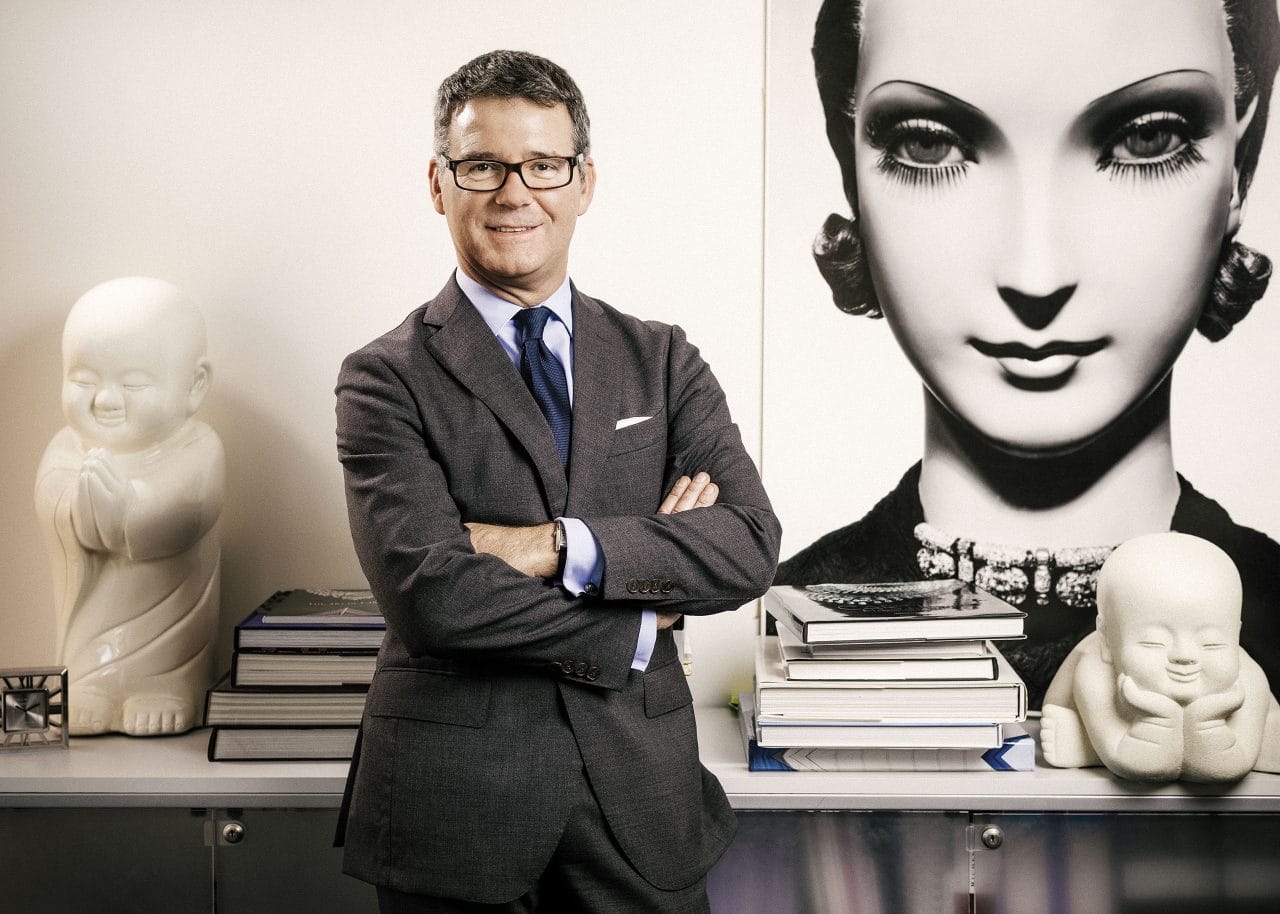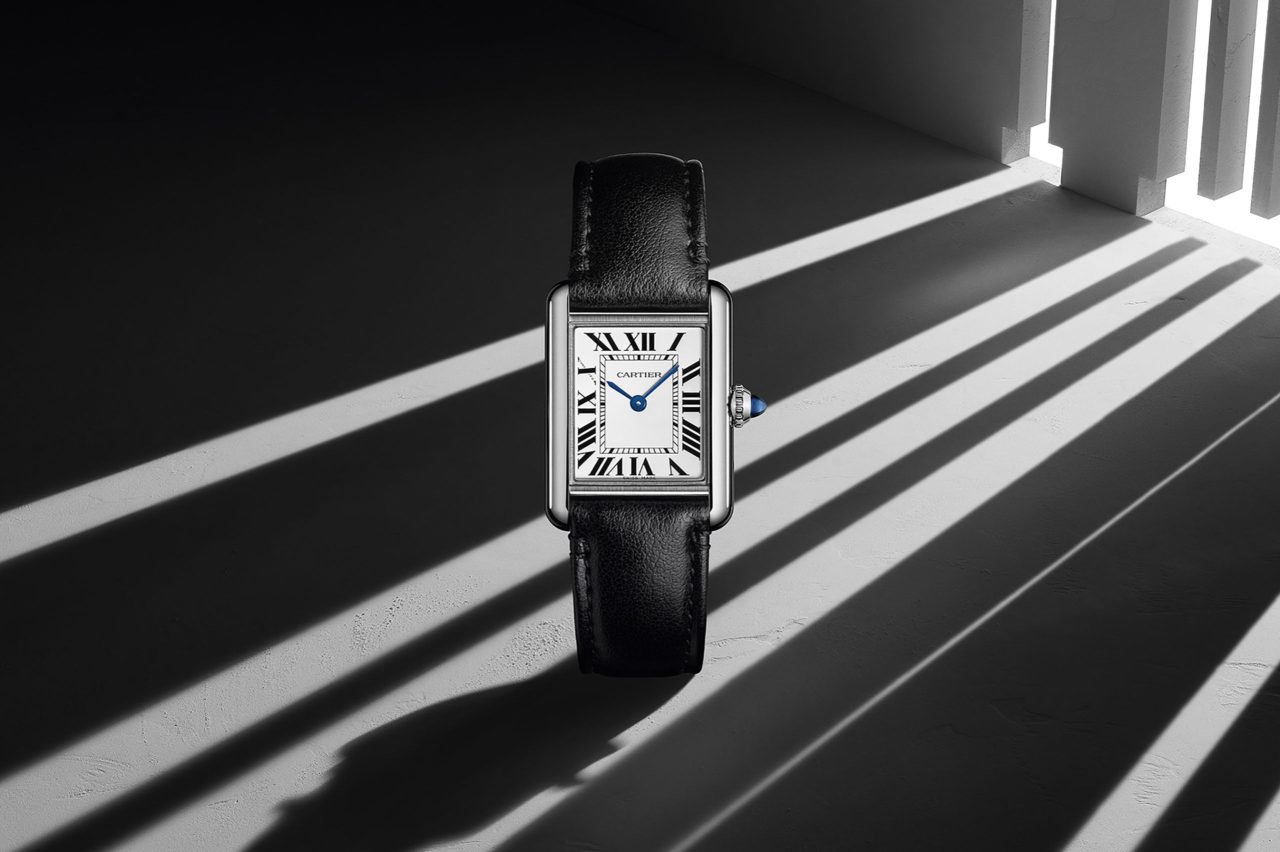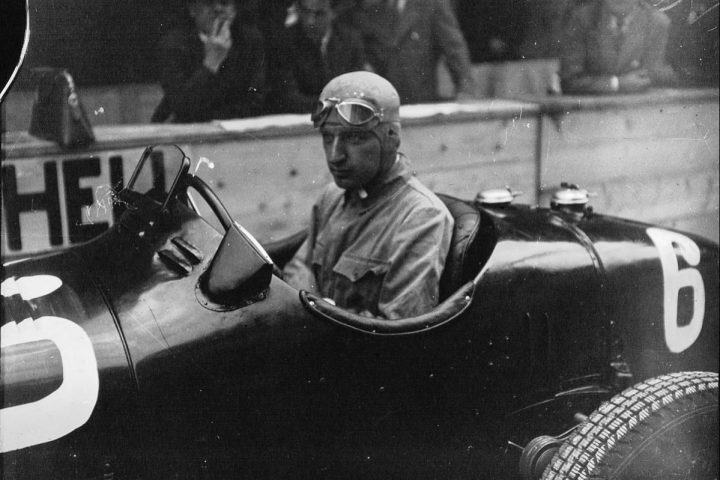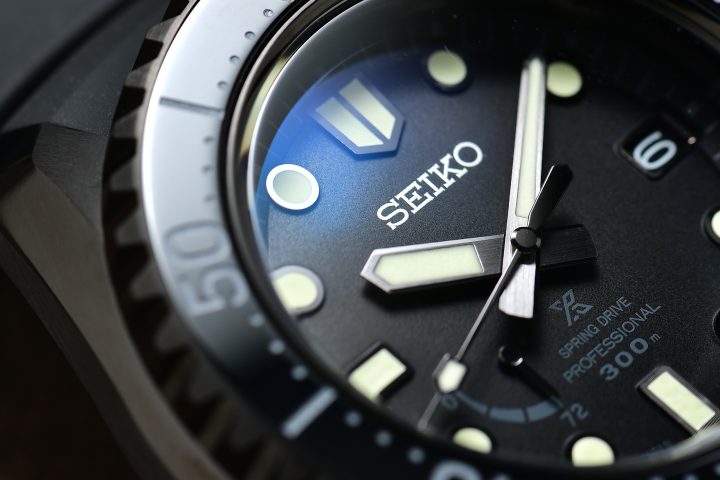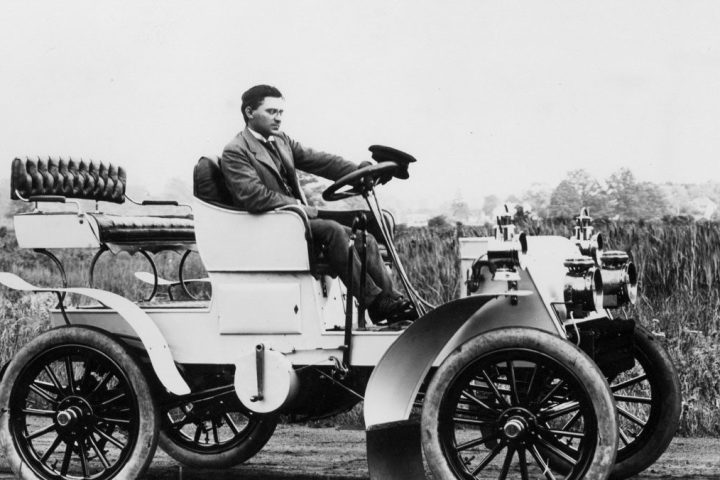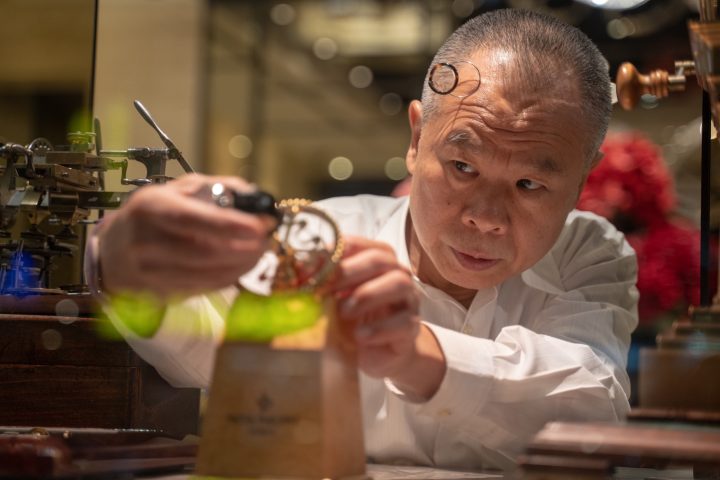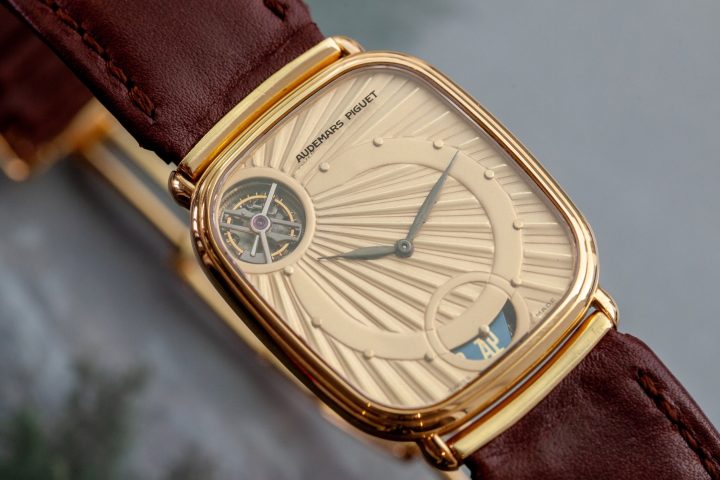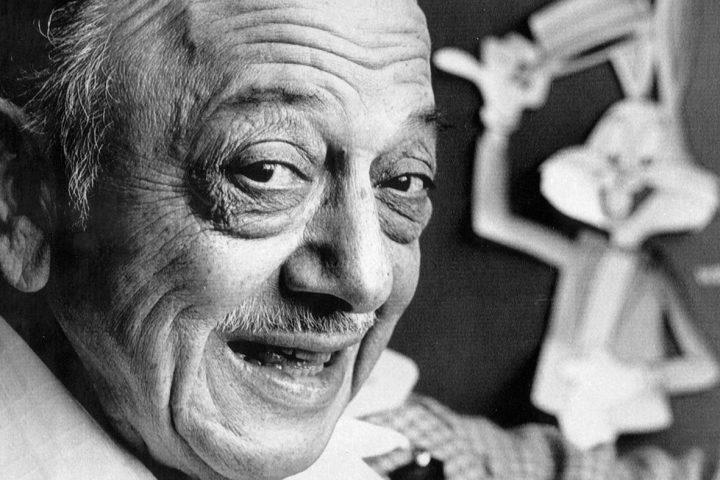The impact that Pierre Rainero has had on how Cartier has evolved into the modern maison is undeniable. As its Director for Image, Style, and Heritage, Rainero has a say in every product development, its communication, and its invaluable archives. He tells us about the evolution of his roles within Cartier over close to four decades, and how the maison is able to maintain a direction that was established from its very beginning whilst remaining extremely relevant to its modern clientele.
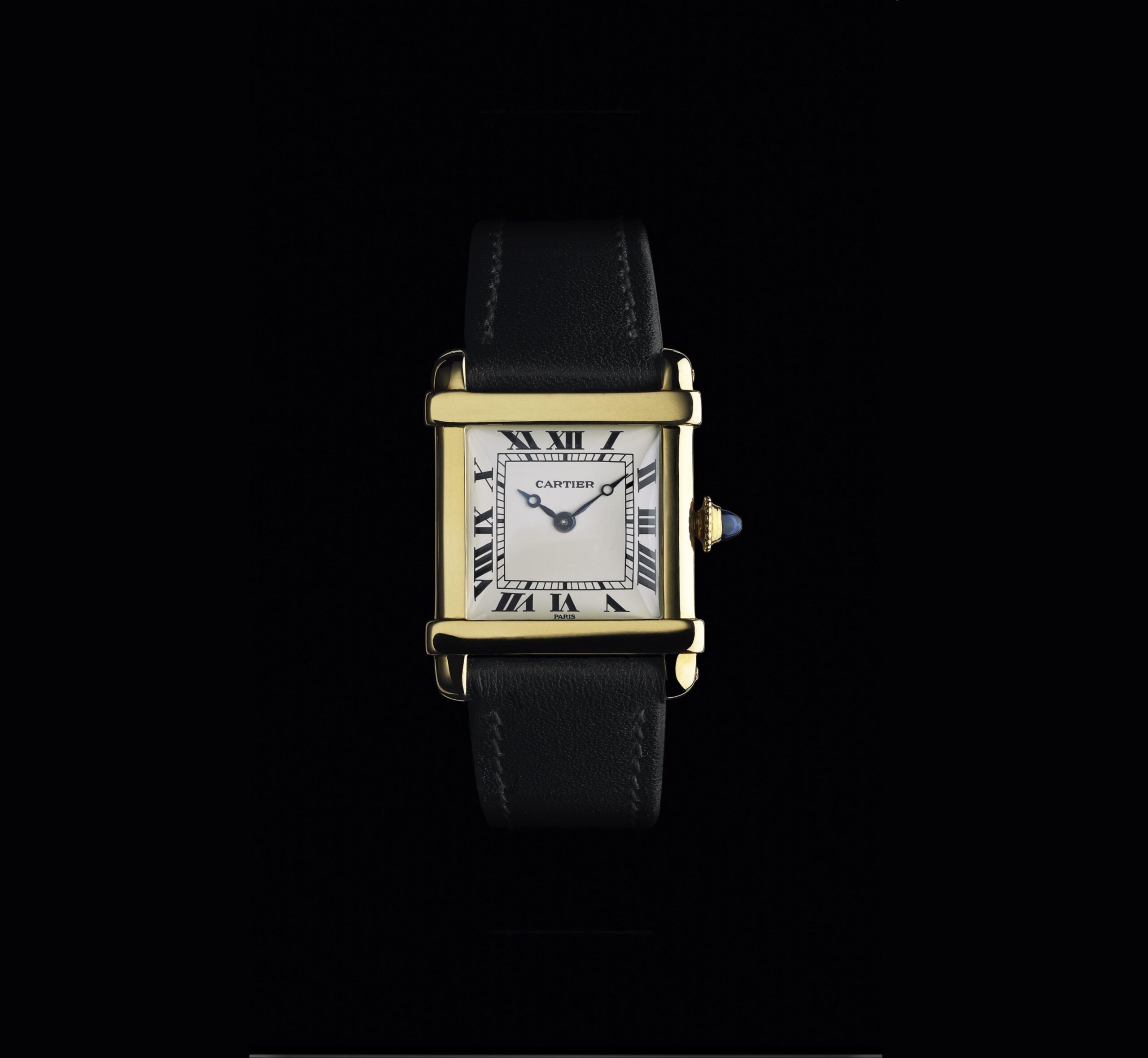
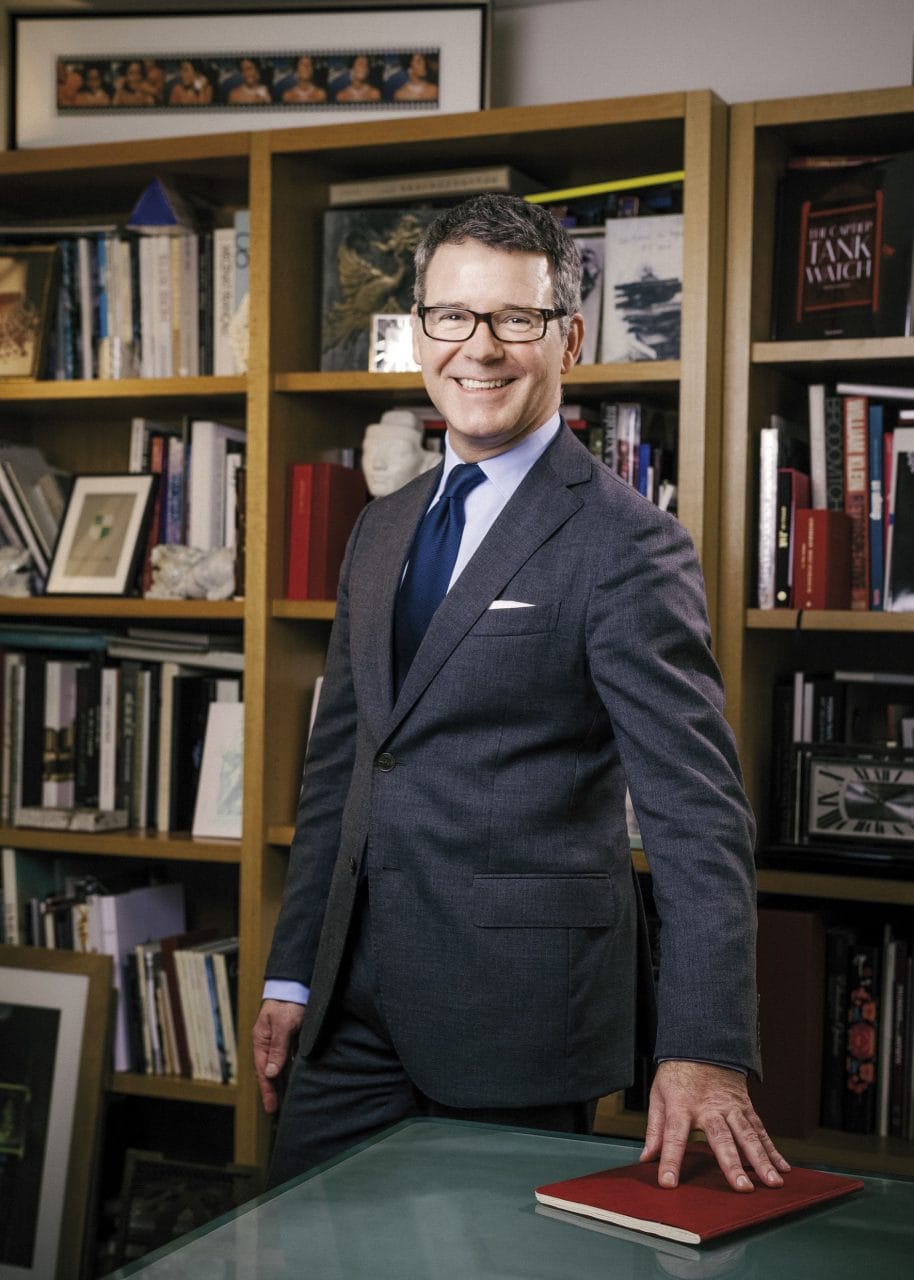
Sean Li: You’ve been at Cartier for almost 40 years; can you tell me about how your role and the maison have changed during that time?
Pierre Rainero: My career at Cartier has changed a lot, has evolved a lot. It started in 1984, I was in the communication part of the company, because before joining Cartier, I was working in communication and advertising at an international level. So, I have extremely diverse experiences in the life of the company, which I think are very useful today in my work and elsewhere. It was only 30 years ago – that’s already a long time, you might say – that I started to work on the creation alongside the then-president Alain Dominique Perrin, in 1991. It was he who appointed me to the position in which I am today from the end of the 1990s. My role in creation has been there for about twenty years. But to answer your question “What has changed?”, I think that Cartier has not really changed; what has changed is the business dimension, i.e. the business I knew almost 40 years ago is not the same at all today in terms of size, organisation, but also because the world has changed. Despite what is happening today, it is much more open today. In the 1980s, there was no question of being present in China, there was no question of being present in other countries. The world was relatively small, so it was a different scale. Also, the perception of objects as we create them was very, very different. Luxury in general, as we call it in economic terms today, was absolutely not a subject in the media. Today, there is a huge interest, which has been multiplied by digital. Never have the stories of the houses, the stories of the creations been so detailed, so sought after with exchanges, platforms, discussions. It’s incredible what’s going on. In fact, the world is extremely different, but I would say very much in favour of our business.
SL: There is little doubt, but how you adapt the role to the image of Cartier that has evolved over the last few years?
PR: Frankly, I think that for us, it is a huge opportunity in the sense that we have remained in charge. The house has its history, its philosophy. I think that what we are present shows this fidelity to this philosophy and the way in which we are advancing in creation. But what has changed is the way the outside world looks at us, which is both more curious, but also more educated. In other words, the public has much more information about us. And God knows Cartier is rich, rich in history, rich in different dimensions. And so this possibility helps us a lot, really. It brings out the distinctive points of the maison like never before. And I would also say that as a communicator, communication used to be in one direction, that is to say, the houses used to communicate to a public. Today, it’s not like that at all. It’s totally multidirectional and without the maison intervening. There are exchanges that take place, research that takes place without us. Digital technology also allows questions to be asked, back and forth, which is also totally new, but it is very rich, very, very rich.
SL: How then do you do your research? How do you educate yourself on the direction you put in the products and the heritage of the maison?
PR: Here we are on another subject which is indeed the essence, I would say, of Cartier, that is to say our difference and our point of view. I would say that each maison and Cartier in particular has a point of view on the object it produces. And we have a philosophy on what I would call the “beautiful object”. I say “the beautiful object” because it goes from jewellery to watches to all sorts of other creations. More practically, you can talk about style, for example, what makes our objects very recognisable as being separate from the maison. But you know the way we work, we are faithful to a philosophy and certain principles. It is this philosophy which guides us in contemporary creations. That’s why there is this notion of coherence, of consistency, generation after generation and also with what characterises Cartier, because that’s what the founders of the style wanted, this obligation, I would say.
It is not simply an opening, but an obligation to evolve. I believe that our founders, and this is what makes up the culture of the company, totally integrate this idea of permanent evolution. That’s why we’re looking for strong designs, whose strength lies in their ability to evolve. That’s why your question, which consists of saying “How do you work with such an important heritage and the fact of proposing new things?” For us, it’s relatively easy because we’re designed that way. That’s the way we see it. That’s why, for example, we present evolutions of models that we can call iconic. The word iconic is not so much put forward by us, it’s more the outside world that calls them iconic, like the Tank, the Santos, the Panthère, and the Pasha. We present evolutions that bear witness to the strength of these original designs, but we also present completely new shapes, but which themselves, in their spirit, are faithful to this philosophy of form, of innovation, of doing very different things.
SL: With all these ideas in mind, where do you want to place Cartier as a watchmaker? There are many who are surprised when they learn that Cartier is the second brand in the world when it comes to watchmaking. Where do you want to position it, because I sense there is less emphasis on the technical aspect in recent years?
PR: That’s a very good question. You’re asking me what differentiates the maison and why it’s so successful, so to speak. Yes, and actually, for me, the difference is the originality of the aesthetic point of view. Because indeed, we have a point of view. Cartier occupies a particular niche in the perception of customers and the watchmaking world. It is the niche of elegance. That is to say that they are often elegant watches by the very principles of their design. The attention, precisely, to this aesthetic side. I know the point of difference of the big maisons in general, I don’t want to mention them, but each one, for me, has a point of view and a centre of gravity in relation to the function that they occupy in people’s lives, in the lives of customers. Ours is elegance, but that can go into different niches, into different types of expression. Because you can be elegant for watches that are more for parties, for exceptional moments. You can be elegant in more casual moments; for example, a steel Santos is indeed a watch that you can wear all day long, and still be elegant, including while playing sports, diving in your pool and working with it. That too is another dimension of Cartier. That’s why I think that one of the success factors of the company is the consistency, the coherence in the approach, the strength of this distinction, of this positioning, of how it resonates in terms of the perception of elegance, but also in this very good understanding, which I think is good, of the evolution of lifestyles. That is to say that when Louis Cartier had his studio create the Santos watch for Santos Dumont, the elegance and the lifestyle were very different from the elegance of today’s lifestyle. It’s not the same notions at all. So it evolves. And so I think that why Cartier is so successful today is because of this notion of relevance. For us, the idea is to stay with the same philosophy, but to understand how it resonates with today’s lifestyles. For example, the fact that in 1978, we equipped the Santos model with a steel bracelet, was really a demonstration of the integration of this good understanding of lifestyles, which I was trying to explain about elegant watches for a lifestyle that had evolved.
SL: How do you present these values in the modern context of online channels and social media?
PR: I would make a difference between the creation of our objects and the communication, because our mode of communication must show how our objects can fit into today’s life. And so I think that the way we show our objects, the type of photography, the type of staging and especially the way we communicate, for example, on social networks, cannot be disconnected from the way the public perceives the images. It’s another thing, but it means that we have to adopt the ways of communicating. It’s like when you speak a foreign language, you adopt a language. But on the other hand, the content of what you say remains authentic. The idea is to deliver the authenticity of what you say, but with the language that is heard by your audience. Communication is a bit different and lives on a different rhythm than creation. It’s something else again. I think that the way a Tank watch was presented in the 1920s is not at all the way a tank watch is presented in the 2020s, because lifestyles have changed, because people understand much more quickly what you show. This context, the language to be adopted, has itself evolved. But on the other hand, the object is still there. And that’s its strength, to be able to adapt to these different expressions.
SL: What do you see as then as biggest challenges that lie ahead for the next two or three years?
PR: From a creative point of view, I think our challenges are everyone’s challenges, primarily how to find new ideas. I’m quite confident about that. I’m very, very original, open-minded in our studios. I always have very good ideas. I’m not very worried. The evolution of lifestyles, to understand how our objects can fit into these lifestyles and to be attentive. I think that the duty we have, and this is the challenge to meet the challenges, is to be always curious, and for that you need to be open-minded; this is a fundamental duty. That is to say, to keep our eyes wide open on the world as it is and as it evolves and not to lock ourselves into the idea that things don’t change, people don’t change. Everything evolves and you have to know how to be open to these evolutions. But that too, on our side, I’m not worried because, once again, I think it’s the culture of the company to be permanently on this path. It is really something that is very, very important to remain curious, open and also not to be afraid of being surprised, I would say.
